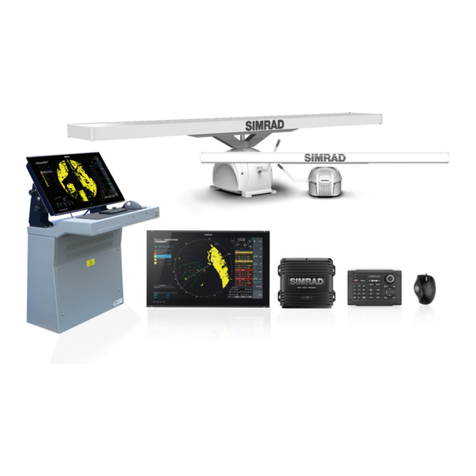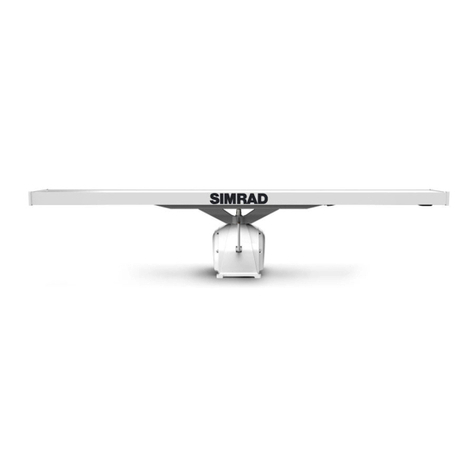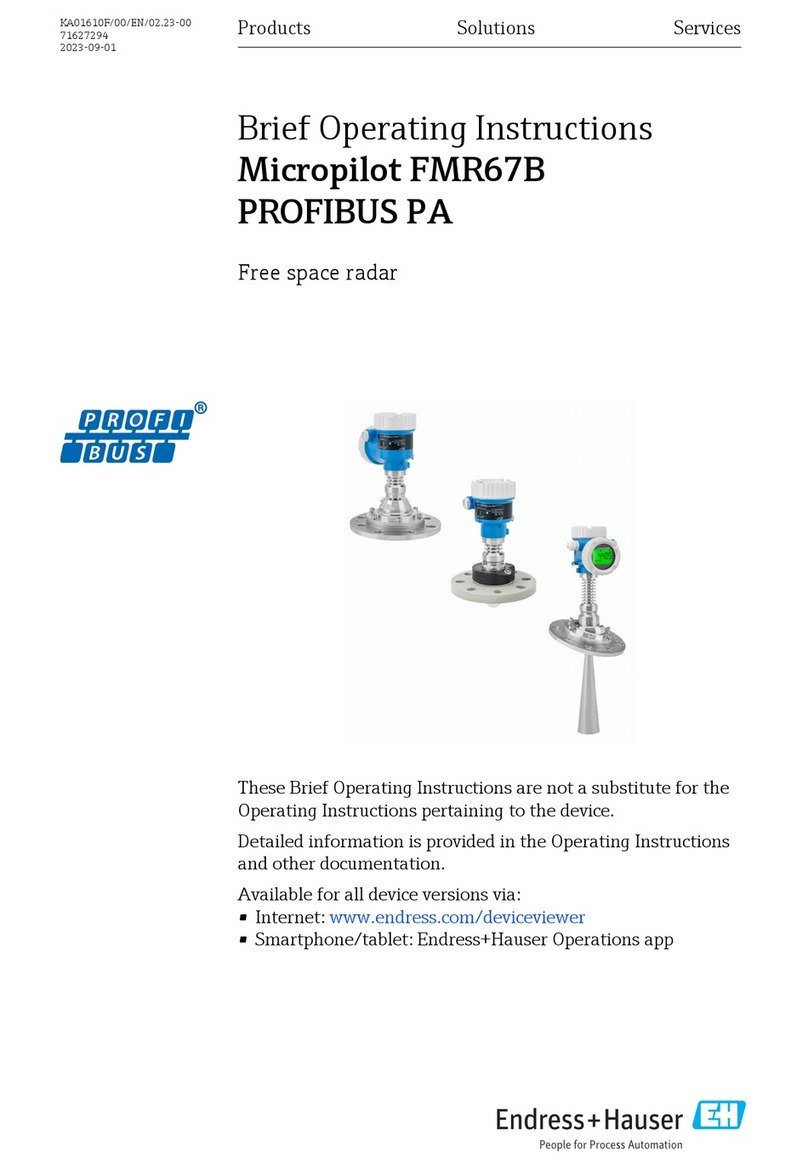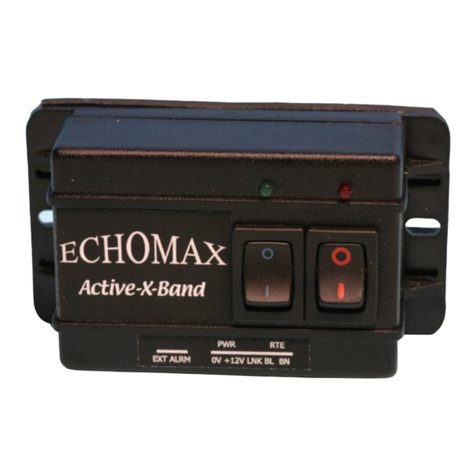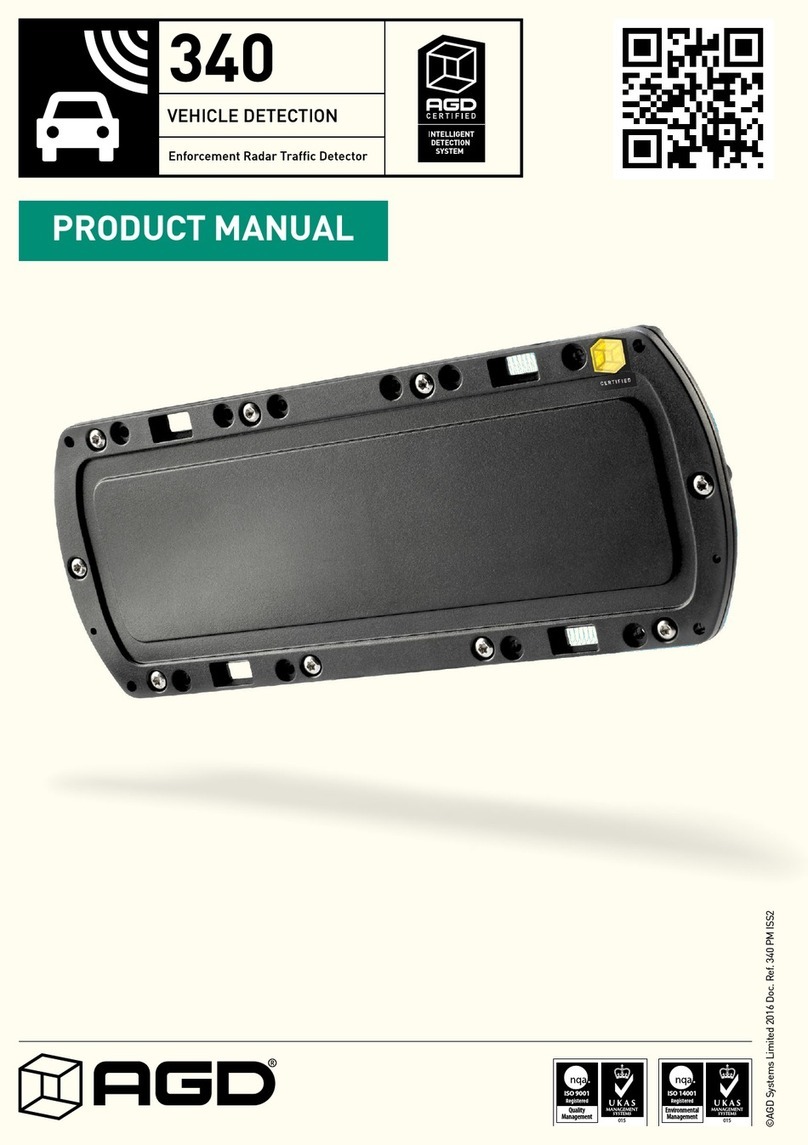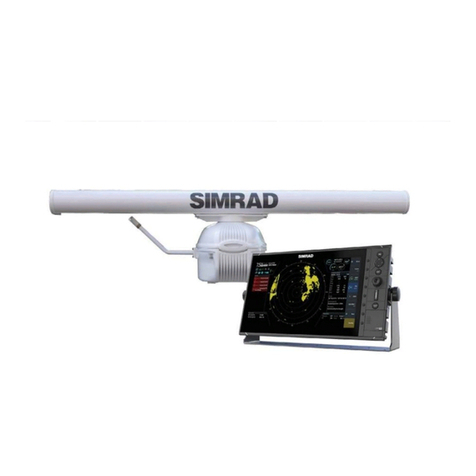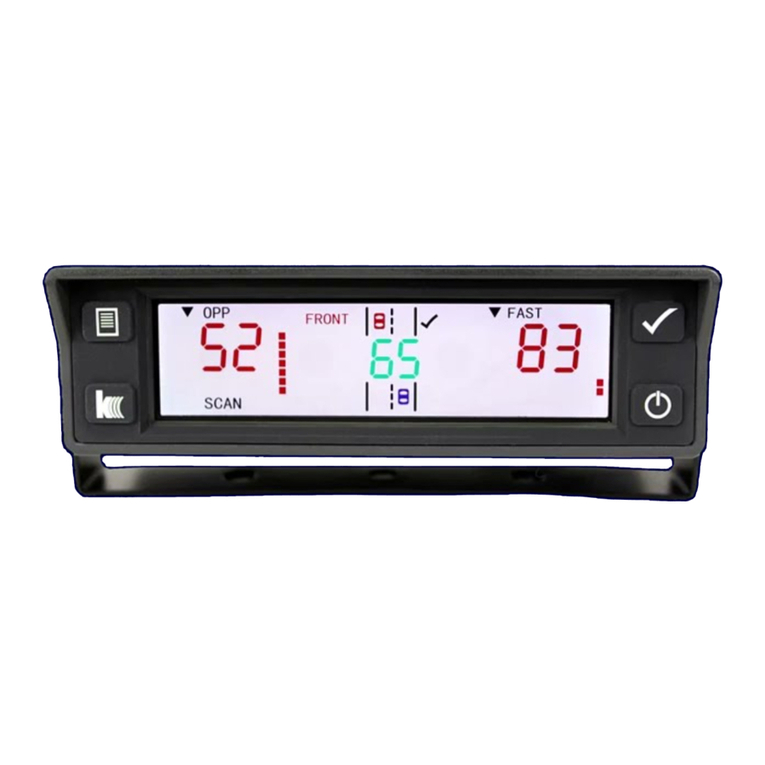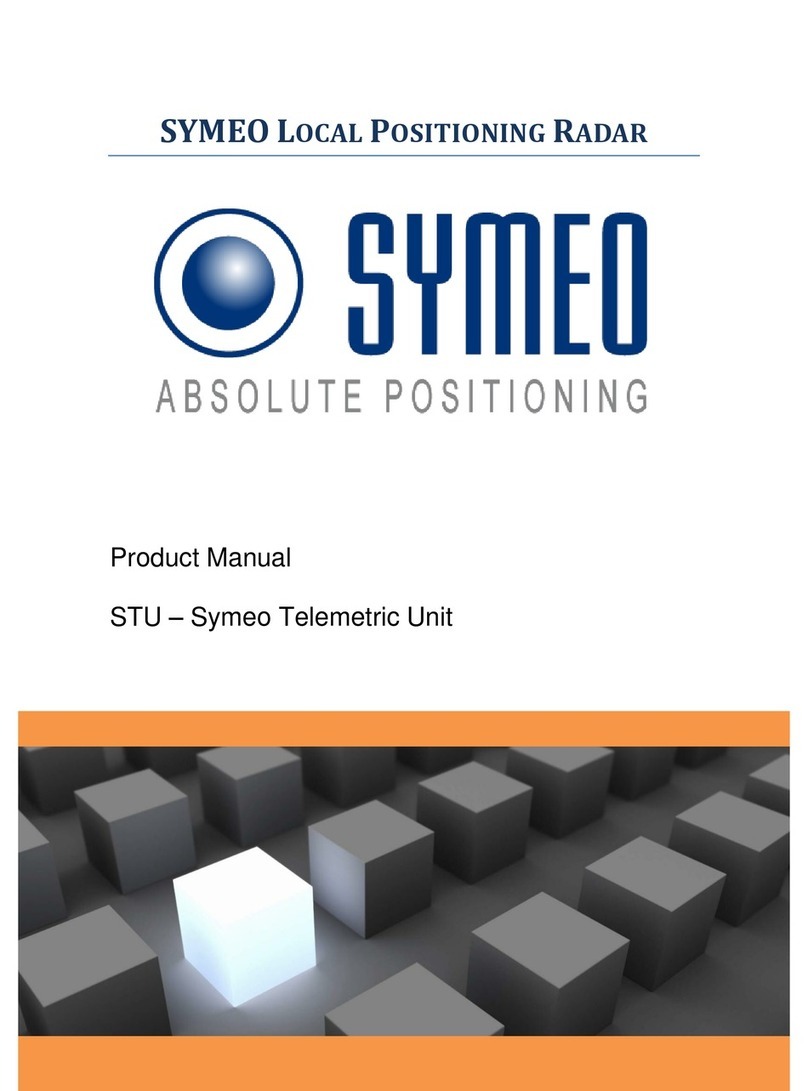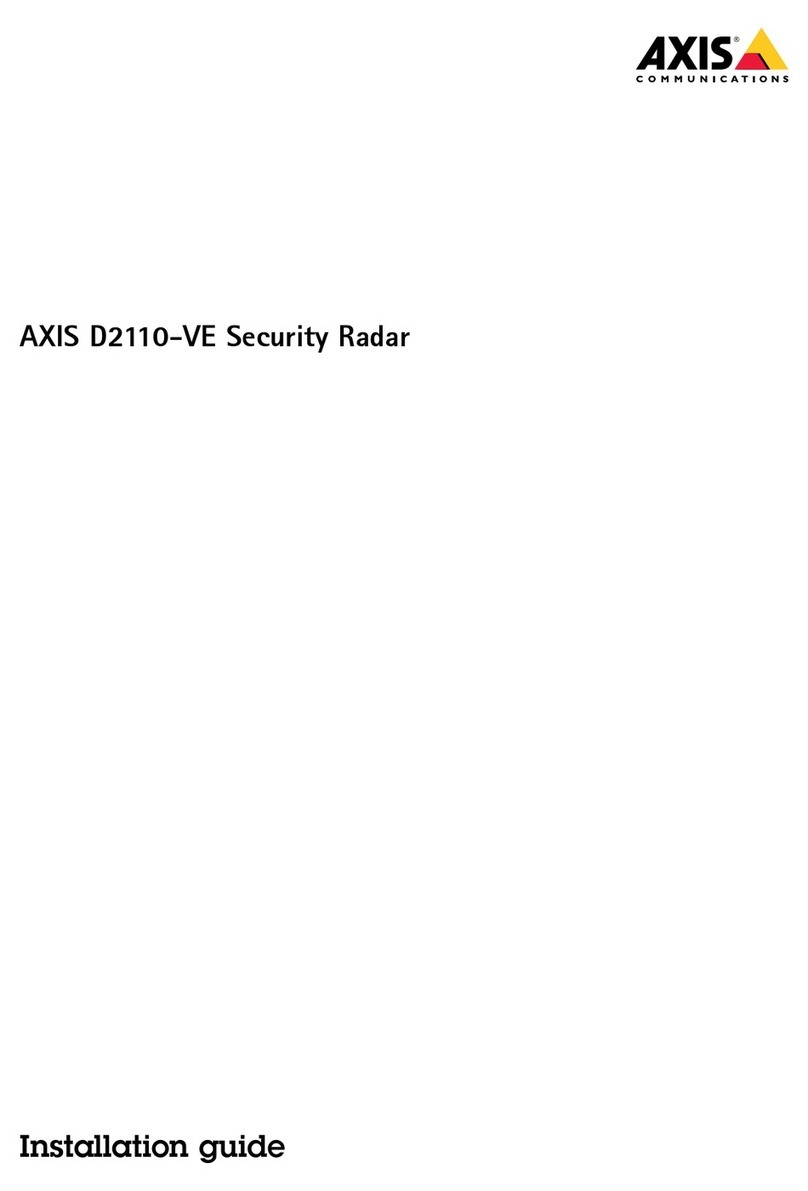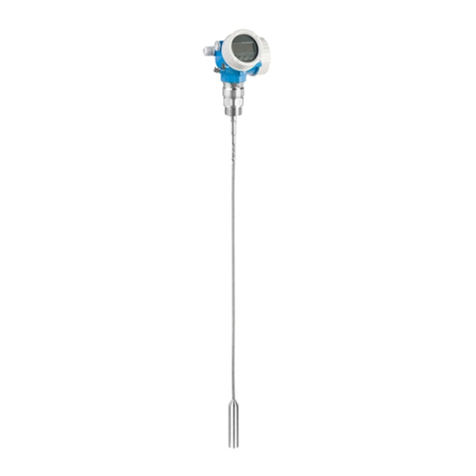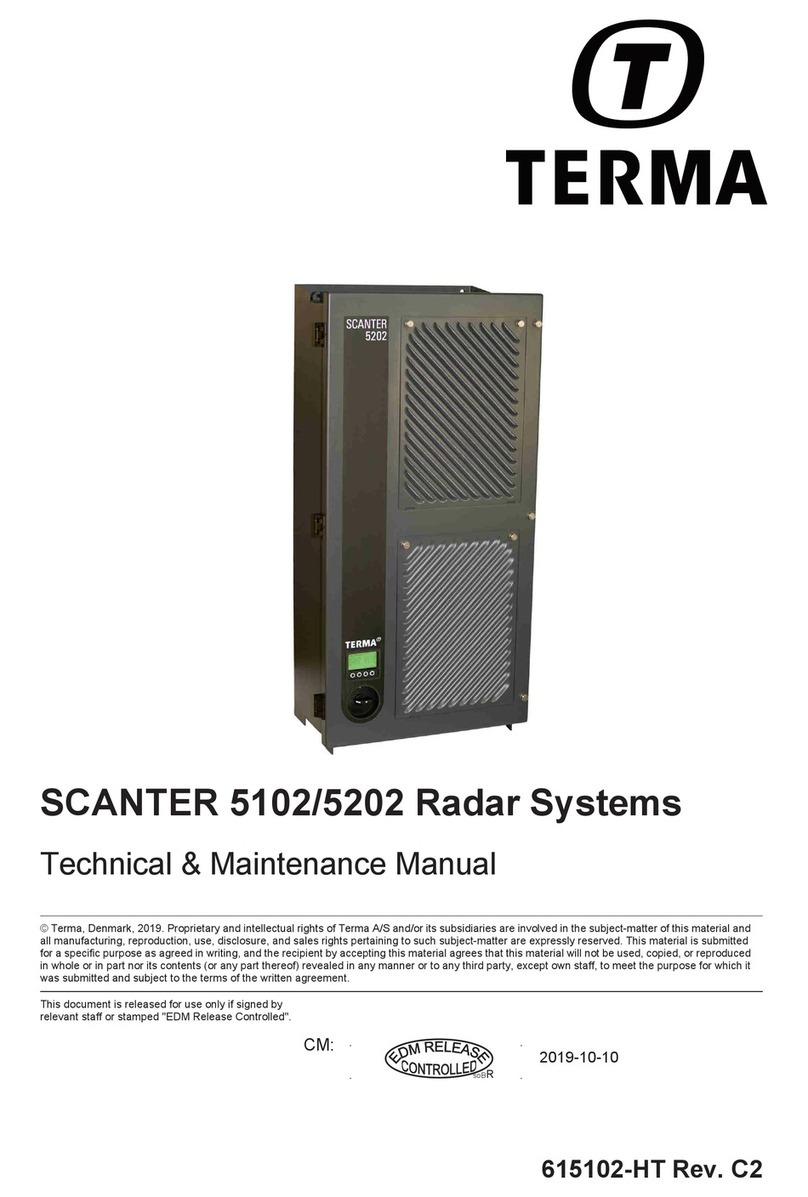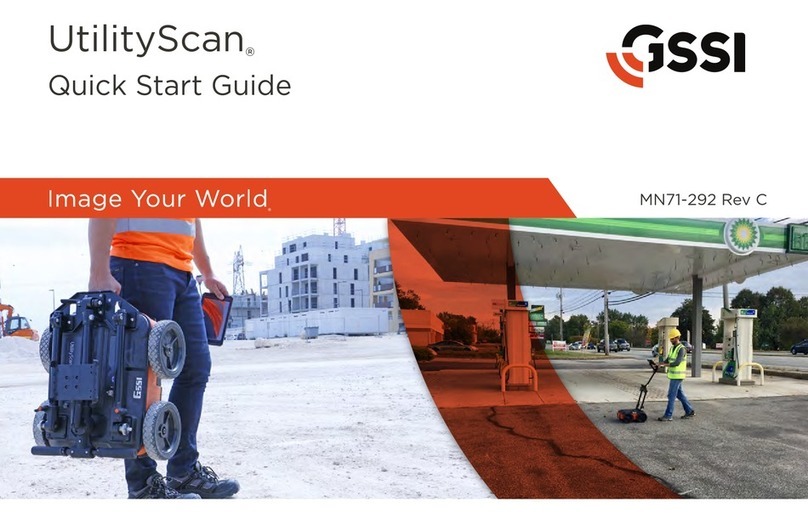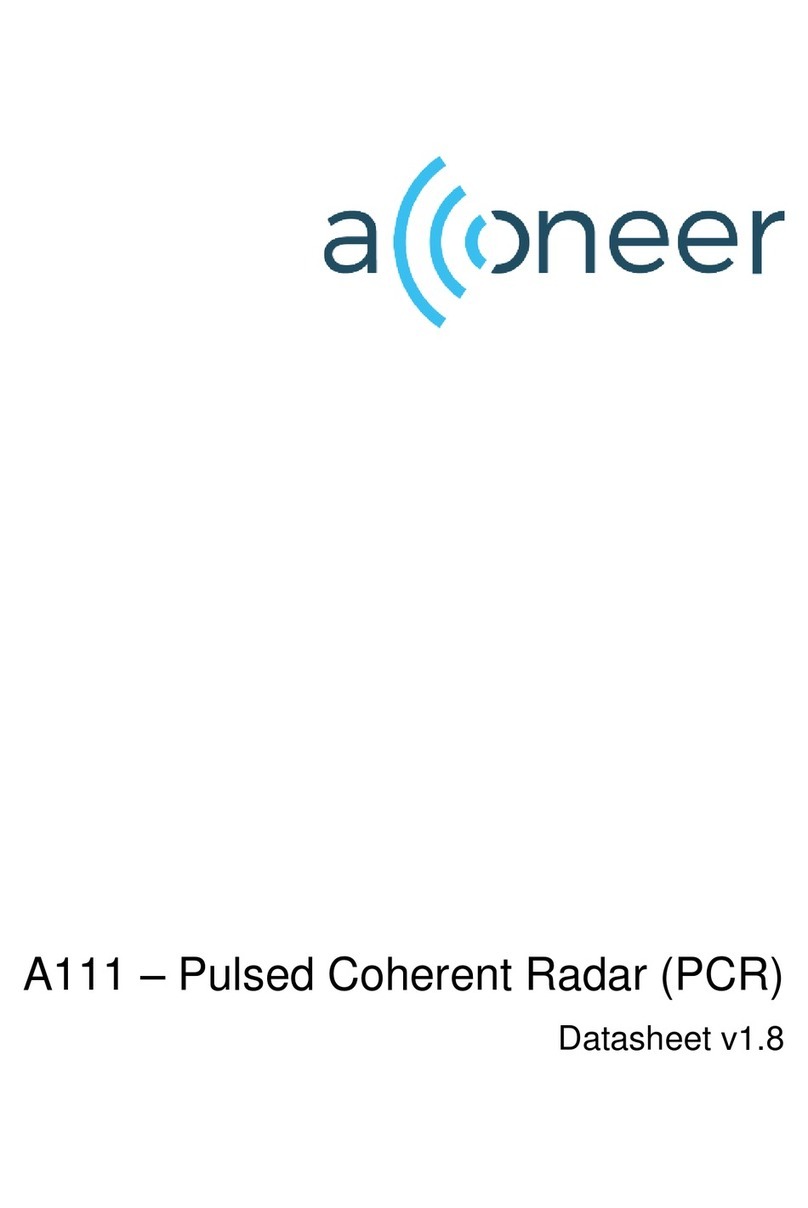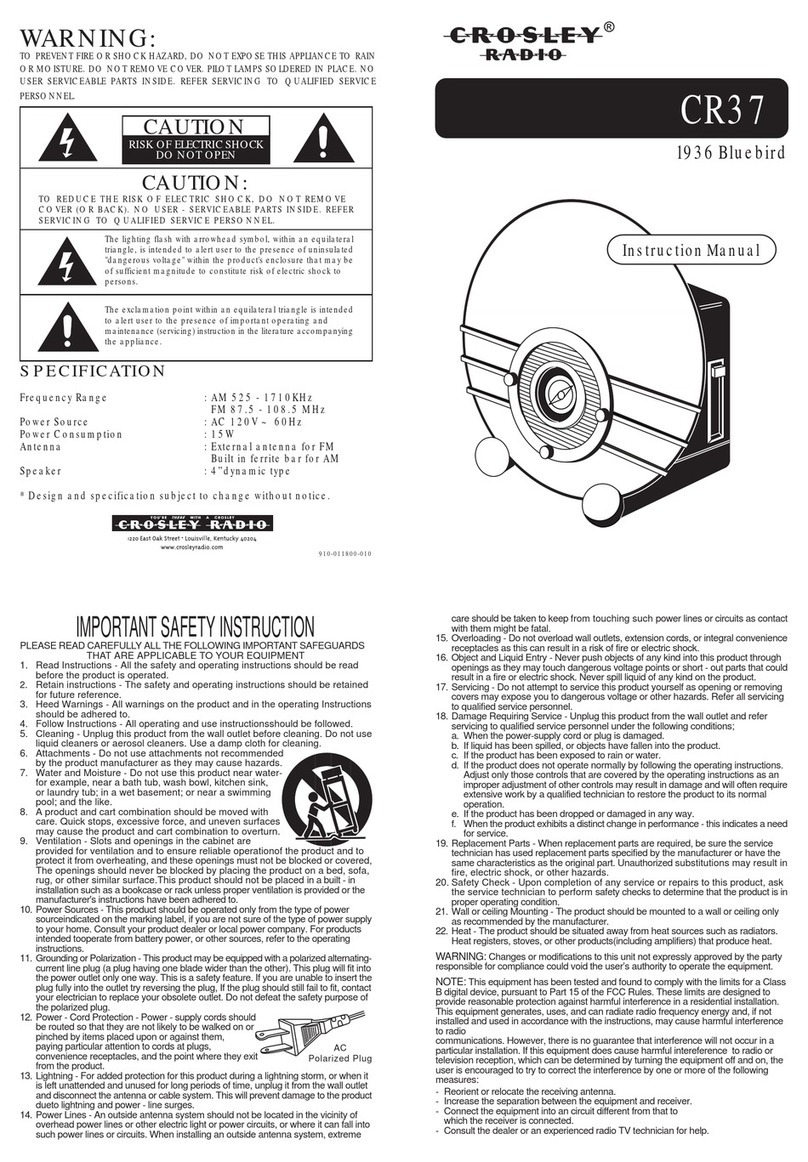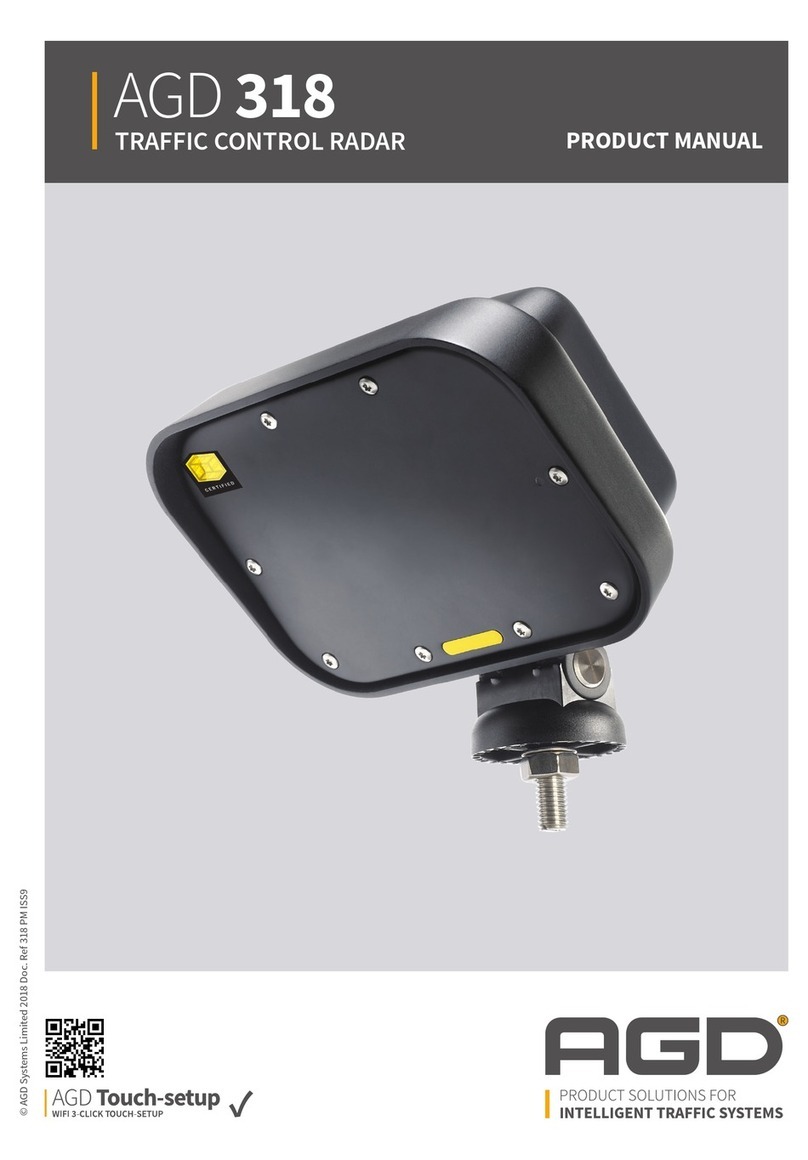
PAGE | 4
United States of America
THIS DEVICE COMPLIES WITH PART 15 OF THE FCC RULES. OPERATION IS SUBJECT TO THE
FOLLOWING TWO CONDITIONS: (1) THIS DEVICE MAY NOT CAUSE HARMFUL INTERFERENCE, AND
(2) THIS DEVICE MUST ACCEPT ANY INTERFERENCE RECEIVED, INCLUDING INTERFERENCE THAT
MAY CAUSE UNDESIRED OPERATION.
⚠Warning: Navico is not responsible for any changes or modications not expressly
approved by the party responsible for compliance. Such modications could void the
user’s authority to operate the equipment.
RF emissions notice
This equipment complies with FCC radiation exposure limits set forth for an uncontrolled
environment. This device’s antenna must be installed in accordance with provided instructions, and
it must be operated with a minimum spacing of 177.97 cm (5.84 ft) for the HALO®3000 SERIES and
106 cm (3.48 ft) for the HALO®2000 SERIES between the antenna and a person’s body (excluding
extremities of hands, wrist and feet). Be aware that these FCC safety distances are calculated for a
non-rotating antenna that is transmitting. For radio frequency safe distances for an antenna that is
rotating and transmitting, see the Radio frequency (RF) safe distances table on the next page of
this manual.
¼Note: This equipment has been tested and found to comply with the limits for a Class B digital
device, pursuant to part 15 of the FCC Rules. These limits are designed to provide reasonable
protection against harmful interference in a residential installation. This equipment generates,
uses and can radiate radio frequency energy and, if not installed and used in accordance with
the instructions, may cause harmful interference to radio communications. However, there is no
guarantee that interference will not occur in a particular installation. If this equipment does cause
harmful interference to radio or television reception, which can be determined by turning the
equipment o and on, the user is encouraged to try to correct the interference by one or more of
the following measures:
• Reorient or relocate the receiving antenna.
• Increase the separation between the equipment and receiver.
• Connect the equipment into an outlet on a circuit dierent from that to which the receiver is
connected.
• Consult the dealer or an experienced radio/TV technician for help.
¼Note: HALO®2000 SERIES and HALO®3000 SERIES radars don’t transmit when the antenna isn’t
rotating, so pose not risk in this situation.
Canada
English
This device complies with Innovation, Science and Economic Development Canada license-exempt
RSS standard(s). Operation is subject to the following two conditions: (1) this device may not cause
interference, and (2) this device must accept any interference, including interference that may
cause undesired operation of the device.
Français
Le présent appareil est conforme aux Innovation, Sciences et Développement économique Canada
(ISDE) applicables aux appareils radio exempts de licence. L’exploitation est autorisée aux deux
conditions suivantes : (1) l’appareil ne doit pas produire de brouillage, et (2) l’utilisateur de l’appareil
doit accepter tout brouillage radioélectrique subi, même si le brouillage est susceptible d’en
compromettre le fonctionnement.
Innovation, Science and Economic Development Canada (ISED) statement
English
Under ISED regulations, this radio transmitter may only operate using an antenna of a type
and maximum (or lesser) gain approved for the transmitter by ISED. To reduce potential radio
interference to other users, the antenna type and its gain should be so chosen that the equivalent
isotropically radiated power (e.i.r.p.) is not more than that necessary for successful communication.
